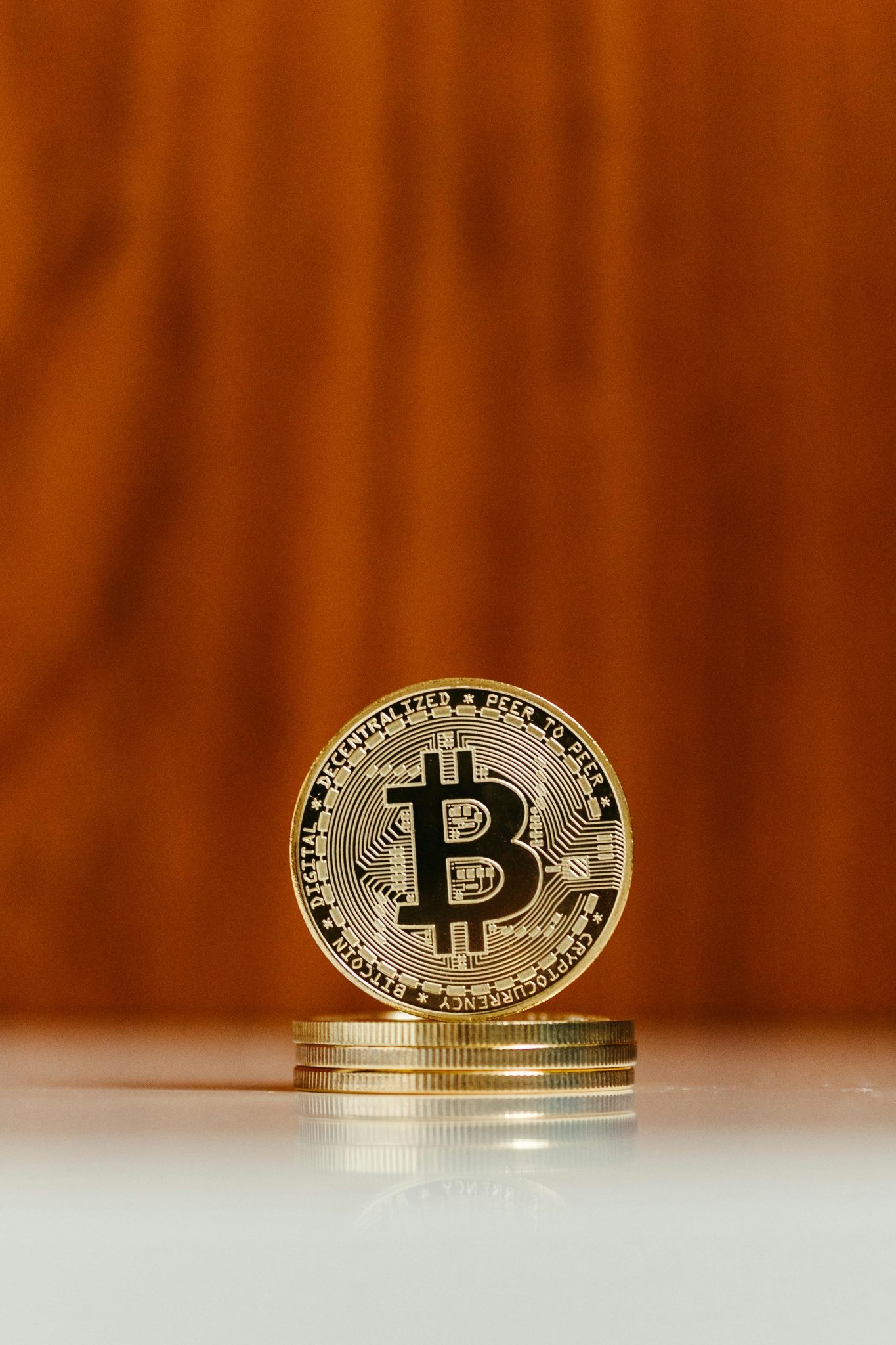
Introduction
The digital asset landscape is rapidly evolving, with stablecoins emerging as a pivotal component for both blockchain developers and investors. As the demand for secure and reliable digital assets increases, exploring alternatives within the stablecoins category becomes crucial. This article delves into the options available, providing detailed explanations, practical examples, and actionable insights for those interested in tokenized platforms and blockchain technology.
The Role of Stablecoins in the Blockchain Ecosystem
Stablecoins have gained prominence due to their ability to maintain a stable value while offering the benefits of digital currencies. They bridge the gap between traditional financial systems and the decentralized realm of blockchain. For developers and investors, understanding the nuances of stablecoin alternatives is essential in leveraging their full potential.
Types of Stablecoins
Stablecoins can be categorized into three main types based on their underlying mechanisms:
- Fiat-Collateralized Stablecoins: Backed by real-world assets such as USD, these stablecoins offer low volatility but require trust in a centralized entity.
- Crypto-Collateralized Stablecoins: These are backed by other cryptocurrencies, providing decentralization but often requiring over-collateralization to manage volatility.
- Algorithmic Stablecoins: Operate without collateral, using algorithms to adjust supply and demand. However, they face challenges in maintaining stability during market fluctuations.
Exploring Secure Digital Asset Alternatives
For blockchain developers and investors, identifying secure alternatives involves assessing the stability mechanisms, governance models, and transparency of stablecoins. Key considerations include:
- Transparency: Ensure that the stablecoin’s operations, reserves, and audits are transparent and regularly updated.
- Security Protocols: Evaluate the security measures in place to protect against hacks and fraud.
- Compliance: Check for regulatory compliance to mitigate legal risks.
Reliable Platforms for Stablecoin Deployment
Platforms such as Ethereum, Binance Smart Chain, and Solana provide robust ecosystems for deploying stablecoins. Selecting the right platform involves weighing factors such as transaction fees, speed, and scalability. Developers should prioritize platforms that align with their project goals and offer strong developer support.
Practical Use Cases for Stablecoins
Stablecoins are versatile, with applications ranging from remittances and payments to decentralized finance (DeFi) and cross-border transactions. For investors, stablecoins offer a hedge against volatility, while developers can leverage them for building decentralized applications (dApps) with predictable economic models.
Actionable Insights for Developers and Investors
To maximize the benefits of stablecoins, developers and investors should:
- Stay informed about regulatory changes and industry trends.
- Engage with stablecoin communities for insights and collaboration opportunities.
- Continuously assess the performance and risks associated with different stablecoin projects.
Conclusion
As blockchain technology continues to advance, stablecoins remain a cornerstone for innovation and adoption. By exploring secure and reliable digital asset alternatives, developers and investors can harness the full potential of stablecoins to drive growth and stability in the digital economy. Through informed decision-making and strategic implementation, the opportunities within the stablecoin sector are vast and promising.






